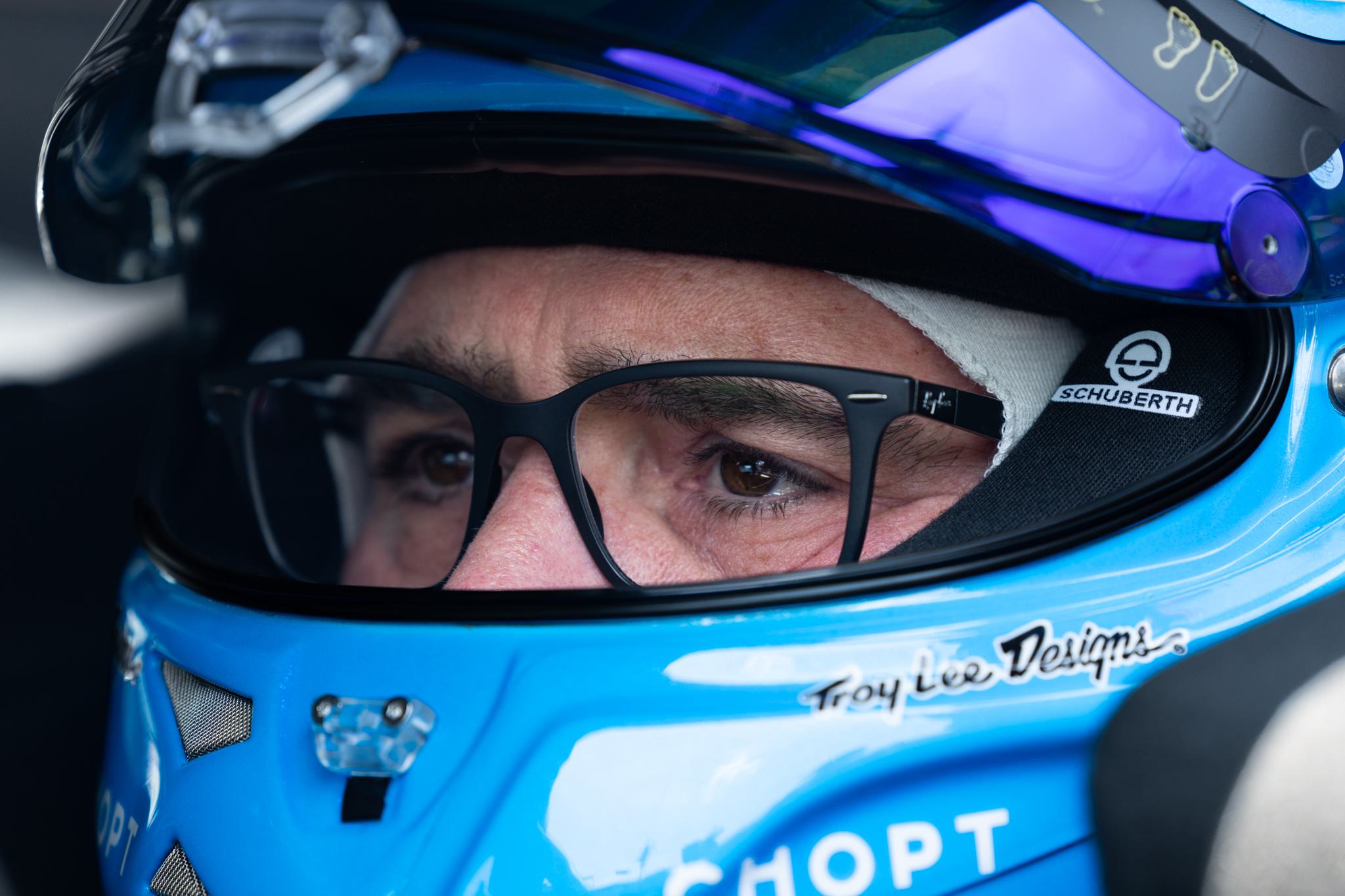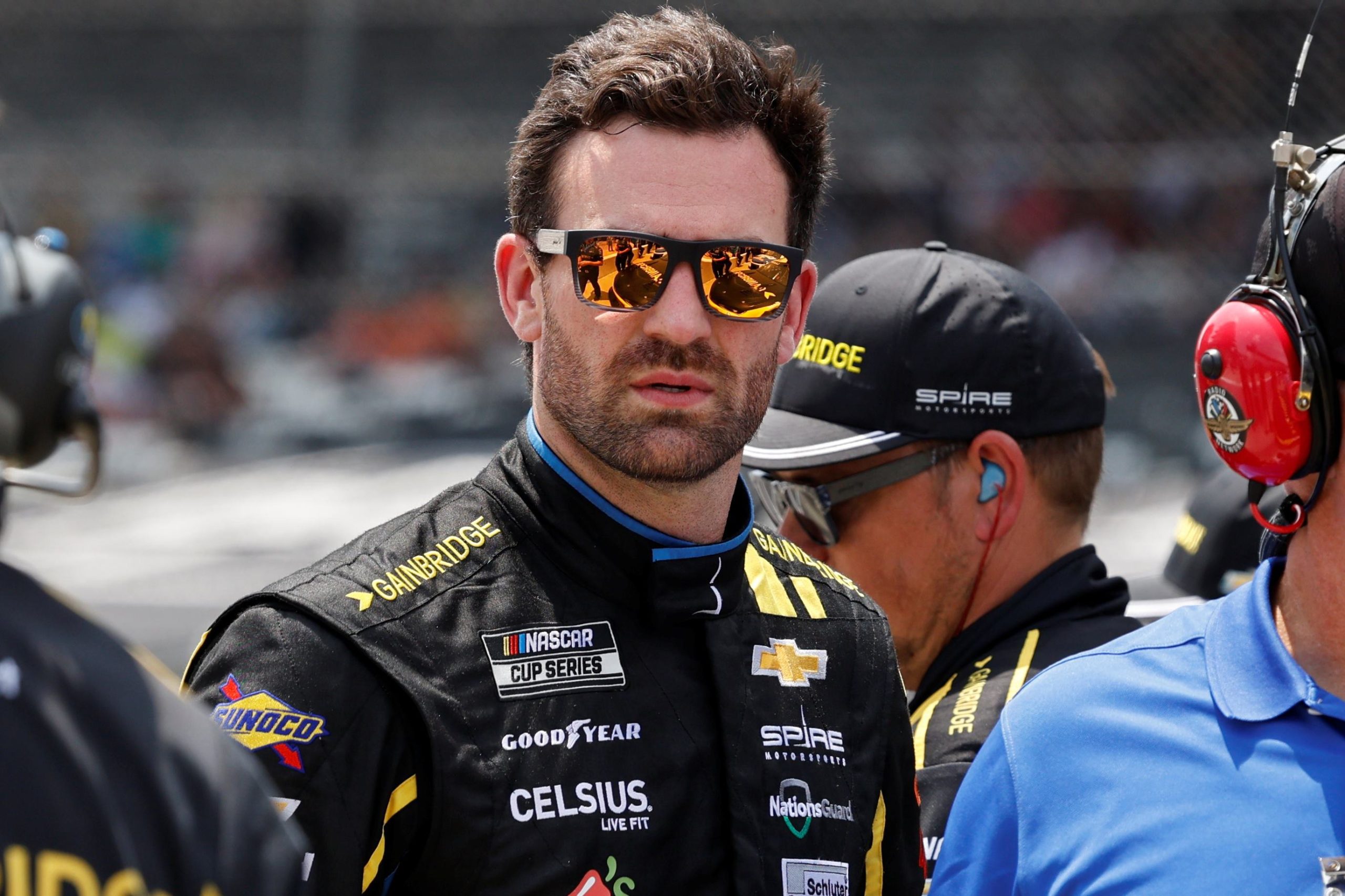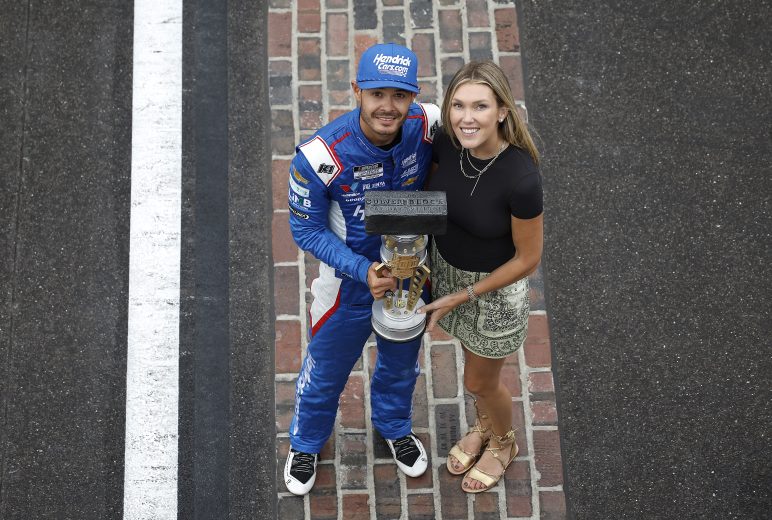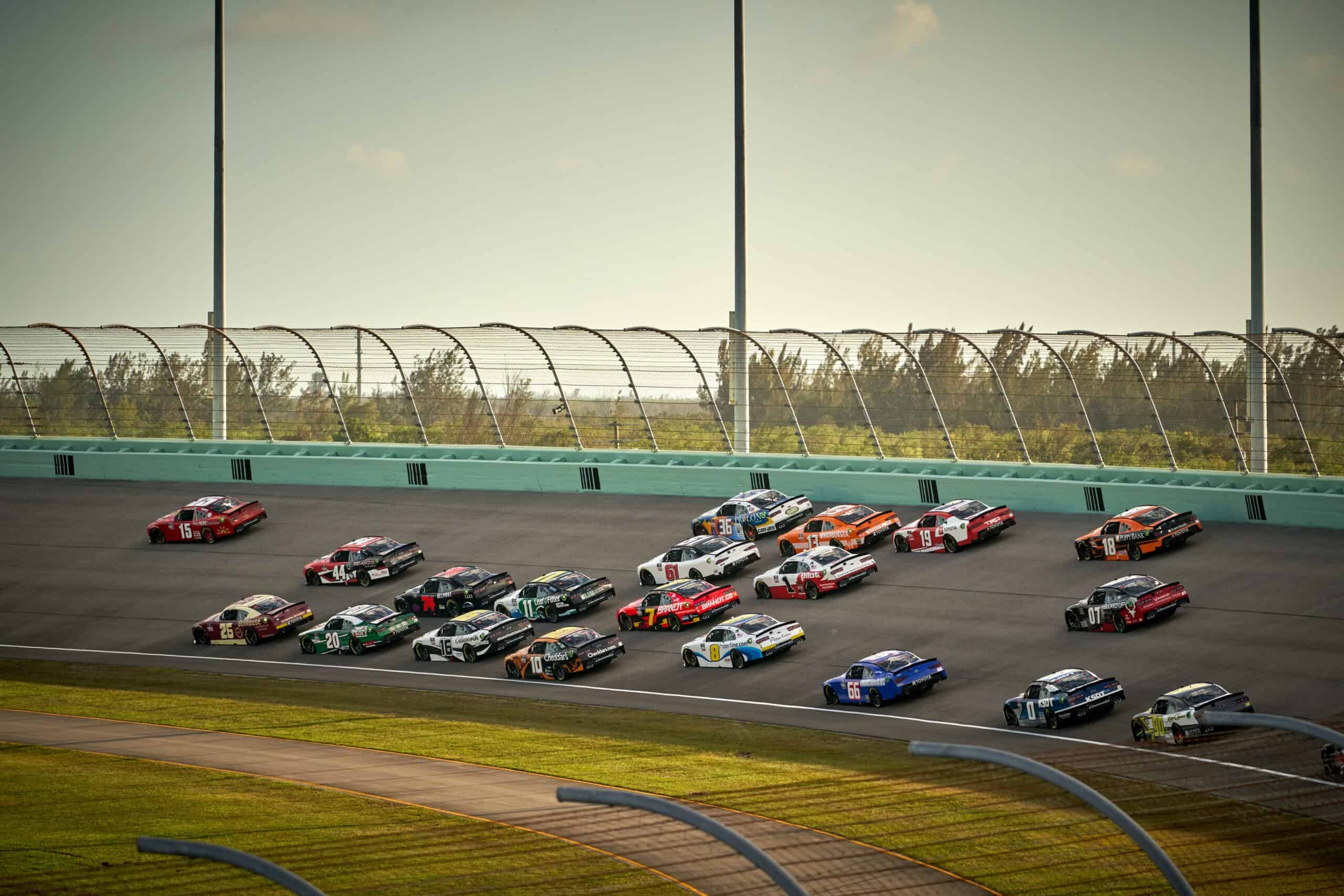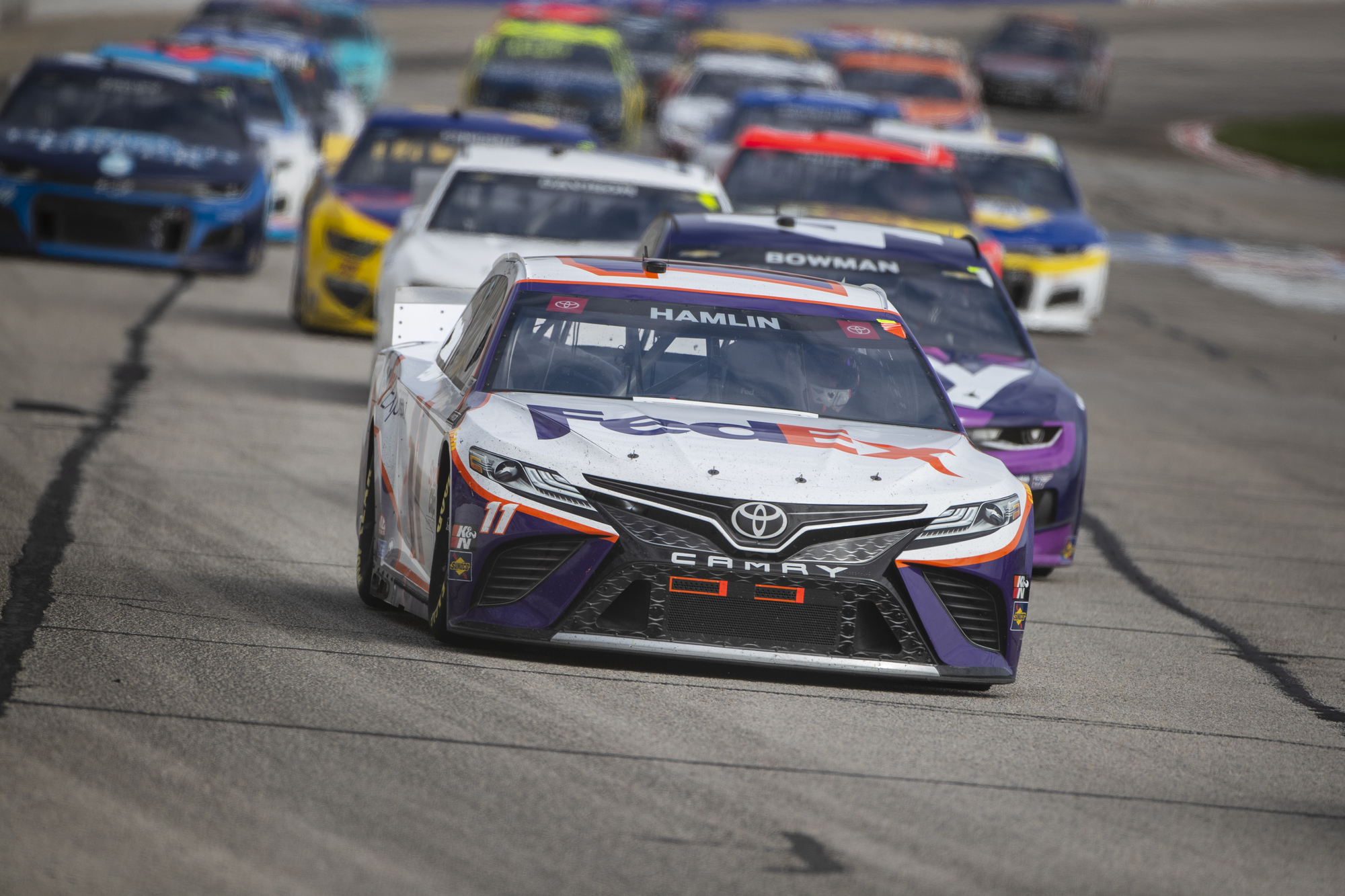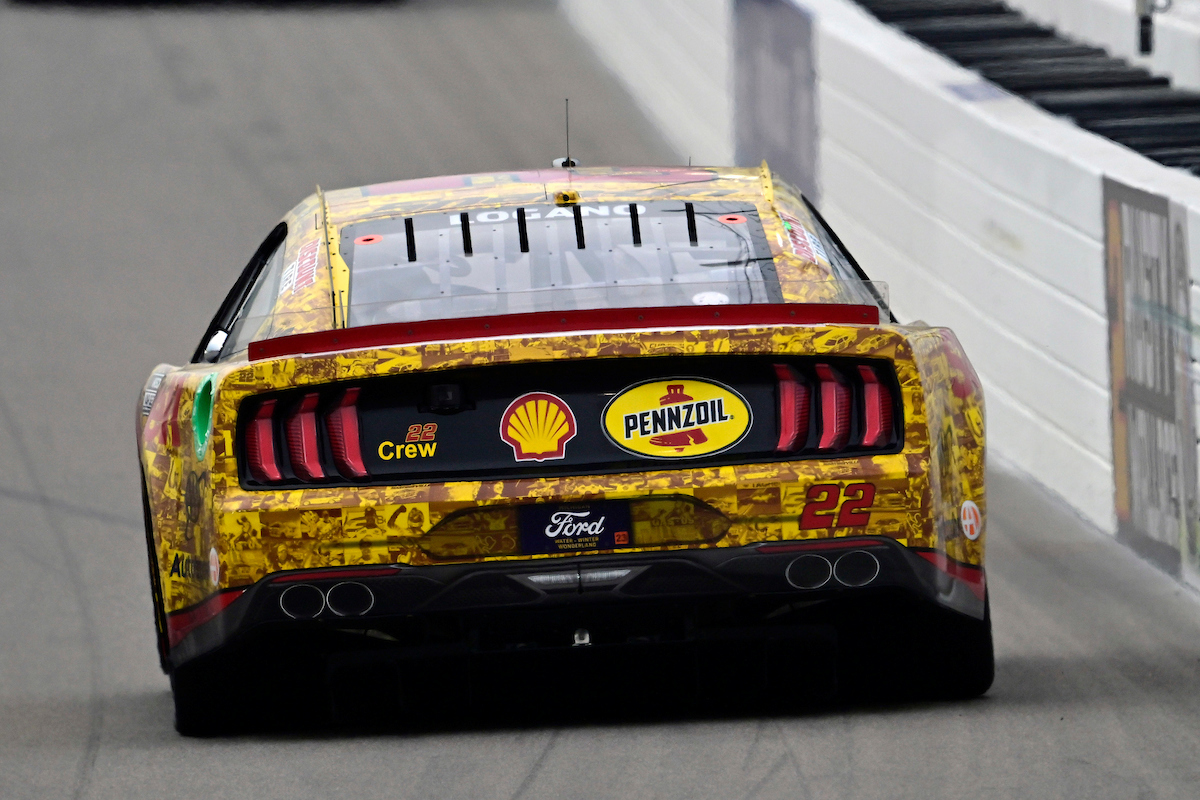How do NASCAR Drivers Know Their Speed on Pit Road?
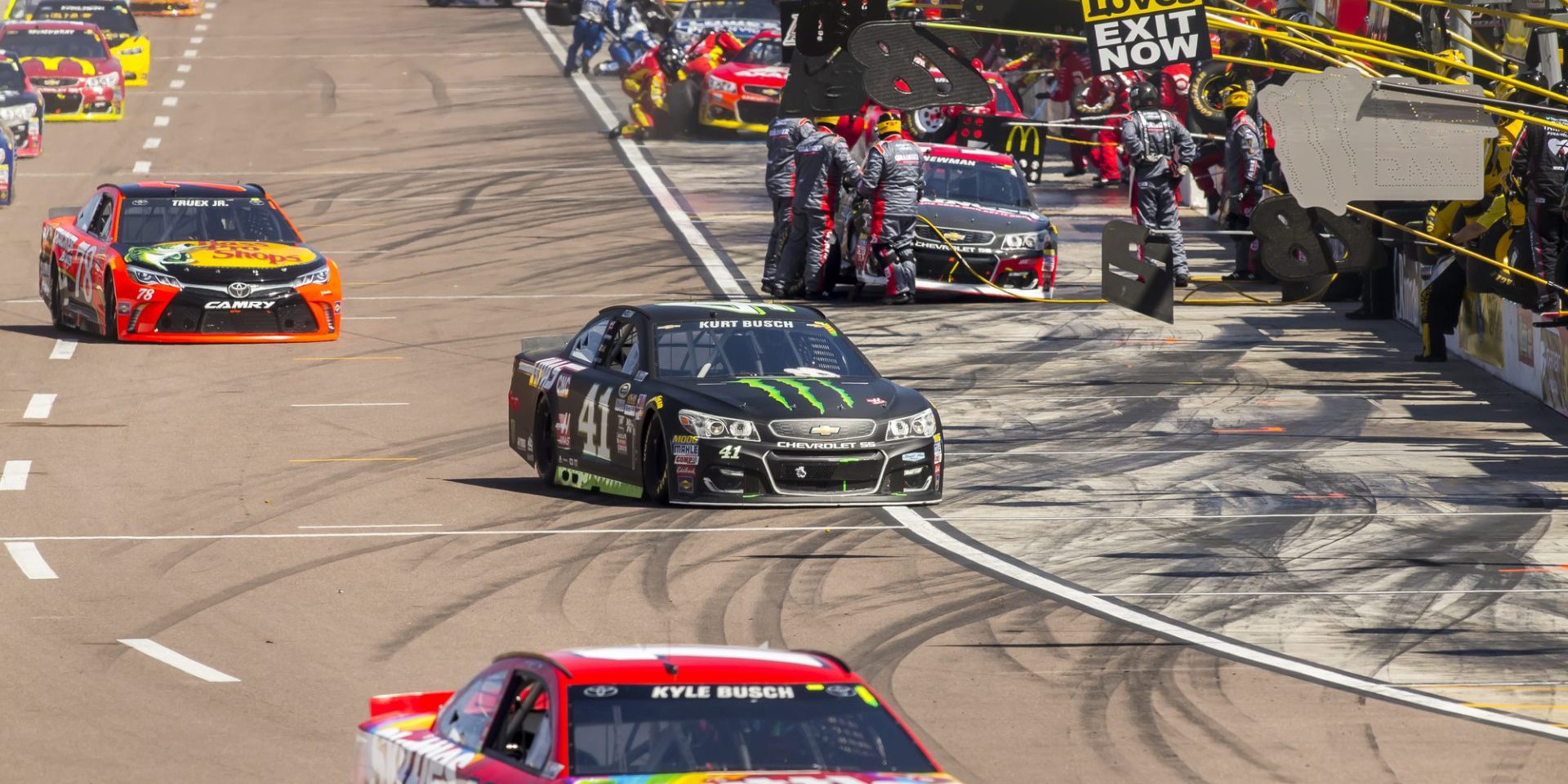
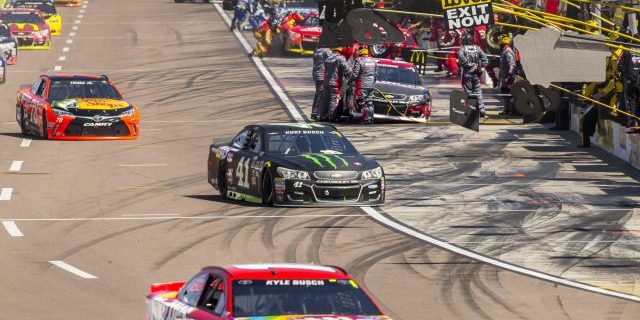
In NASCAR, maintaining the correct speed on pit road is critical to race strategy and avoiding penalties. Drivers must adhere to a strict speed limit when on pit road, a challenge compounded by the fact that their vehicles are not equipped with speedometers. Instead, drivers use a combination of in-car technology and experience to gauge their speed. This technology includes an electronic timing system that monitors their speed as they drive through a series of segments on pit road.
Understanding the limitations and capabilities of their tachometers, drivers anticipate the precise moment to accelerate or decelerate. The tachometer is calibrated with lights that indicate when a driver approaches the speed limit—a yellow light signifies they are nearing the threshold, while a red light warns of a potential penalty for speeding. With the absence of traditional speedometers, NASCAR drivers rely on these calibrated tachometer readings and their own instincts, honed through practice, to navigate the speed restrictions during races.
Each segment of pit road contains wire loops embedded beneath the surface, forming an electronic timing system that measures the time it takes for a car to pass over them. By calculating the time interval and knowing the distance between the loops, the system determines if a driver is adhering to the speed limit. These measurements are precise, and infractions are easily detected, so drivers must be extremely cautious to avoid costly penalties that could affect their standing in a race.
Table of Contents
Understanding Pit Road Speed Limits
Pit road speed limits are critical for safety and fair play in NASCAR races. They ensure the well-being of pit crew members and drivers and maintain a level playing field for all competitors.
Significance of Pit Road Speed Limits
Pit road speed limits are established by NASCAR to reduce the risk of accidents in the pit area, a zone with high activity where teams perform maintenance on the vehicles during a race. There is a variance in speed limits depending on the track: smaller ovals may have a limit of 30 mph, while larger tracks can allow up to 55 mph. Additionally, at road course races, the limit can be as low as 40 mph. It’s pivotal that teams adhere to these limits to prevent incidents and avoid penalties that could impact race outcomes.
Pit Road Speed Monitoring
NASCAR monitors pit road speeds using electronic scoring loops embedded in the pavement. Teams are expected to comply with speed limits without aid from speedometers, often using a combination of tachometer readings and timing techniques to judge speed. While NASCAR imposes a speed limit, there is typically a 5 mph tolerance given—thus a limit of 55 mph effectively allows for speeds up to 60 mph. Drivers exceeding the defined tolerance are issued speeding penalties that can significantly alter their chances of success in the race.
Driver Techniques and Equipment
To maintain precision and safety on pit road, NASCAR drivers use a combination of specialized equipment and learned techniques. Understanding these tools and methods is essential for following the strict speed regulations.
The Role of Tachometers
A tachometer measures the engine’s RPM (revolutions per minute). NASCAR drivers typically do not rely on speedometers, which show the car’s speed. Instead, they use tachometers because they provide a more consistent reading for speed regulation on pit road. Before the race, drivers establish reference points for pit road speed by aligning the tachometer reading with a specified gear, usually second gear, at the mandated pit road speed.
Recognizing Pit Road Speed
Drivers recognize pit road speed by memorizing the tachometer reading that correlates with the established pit road speed limit during a practice run. This is done in second gear, where they note the RPM that matches the allowed speed plus the tolerance given by NASCAR. Maintaining this RPM while on pit road ensures they are within the speed limit.
Using Lights on the Dash
Lights on the dash play a significant role in monitoring speed. These lights are set to illuminate at specific RPM ranges to indicate when the car is approaching the maximum allowed speed. This allows the driver to maintain their focus on the track and pit activities, relying on visual cues from the dash lights to adjust their speed accurately during pit entry, servicing, and exit.
Race Day Strategies
In NASCAR, maintaining the right speed and avoiding penalties are key components during the pit road phase of a race.
Observing Speed During Caution Periods
During caution periods, drivers must observe speed limits when the pace car is on the track. Pit road speed is monitored carefully to prevent speeding. The pace car sets a controlled speed for the field, which drivers use to gauge their own speed before pitting. This serves as a guide for them to adjust their pit entry speed accordingly.
Avoiding Speeding Penalties
To avoid speeding penalties during pit stops, NASCAR drivers rely on in-car technology and team communication. Electronic timing systems are employed, with wire loops embedded beneath the pit road surface to measure the car’s speed. Drivers must adhere to the pit road speed limit, which is typically set around 45 mph, depending on the track, but can vary. If a driver exceeds this limit, they are issued a speeding penalty, which often involves a drive-through or stop-and-go penalty on pit road, costing valuable time and positions during the race. Their teams help them practice these speeds during warm-up laps, ensuring that they hit the correct speed as they enter the pit road during actual races.
Technological Aids and Pit Crew Coordination
To ensure speed accuracy during pit stops, NASCAR drivers rely on sophisticated electronic timing systems and robust data and communication tools.
Electronic Timing System
An electronic timing system is critical for monitoring speed. The system tracks vehicles via transponders mounted on each car, which emit unique signals picked up by sensors along pit road. Pit road speed is calculated by measuring the time it takes for a car to travel between two points. Maintaining the mandated speed limit is essential for safety and to avoid penalties.
- Transponders: Attached to each vehicle
- Sensors: Positioned at intervals along pit road
- Data Collected: Time between sensor points
- Purpose: Ensure adherence to speed limits
Data and Communication Tools
Teams equip their pit crews with a plethora of data and communication tools. Teams analyze data from computers to optimize pit stop timing and strategy. During a pit stop, the pit crew receives real-time information about the car’s performance and any adjustments needed. Smooth communication between the driver, spotter, and crew chief is facilitated via radio headsets, making sure the driver knows exactly when to enter and leave the pit lane.
- Computers: Analyze real-time performance data
- Radio Headsets: Link drivers with spotters and crew chiefs
- Information: Includes car performance and strategic adjustments
- Goal: Fine-tune pit stop timing and execution
Incidents and Penalties
Compliance with speed limits on pit road is closely monitored due to safety concerns and the competitive nature of NASCAR races. This section discusses the outcomes when drivers violate these limits.
Standard Penalties for Speeding on Pit Road
First Offense: A common penalty for speeding on pit road is a pass-through penalty. Drivers must enter pit road again at the approved speed without stopping.
- Under Green Flag: This typically results in the loss of one lap.
- Under Yellow Flag: The penalty is serving to the end of the longest line.
Multiple Offenses: Repeated violations can lead to more stringent penalties, such as a stop-and-go penalty or being held in the pit box for a timed period.
Famous Incidents of Speeding on Pit Road
Denny Hamlin: At Indianapolis Motor Speedway, Hamlin received a speeding penalty that impacted his competitive standing in the race.
Dale Earnhardt Jr.: Once faced a pivotal speeding penalty that affected his finish in an influential race.
Joey Logano: Has experienced pit road penalties, illustrating that even veteran drivers can miscalculate the stringent speed requirements.

